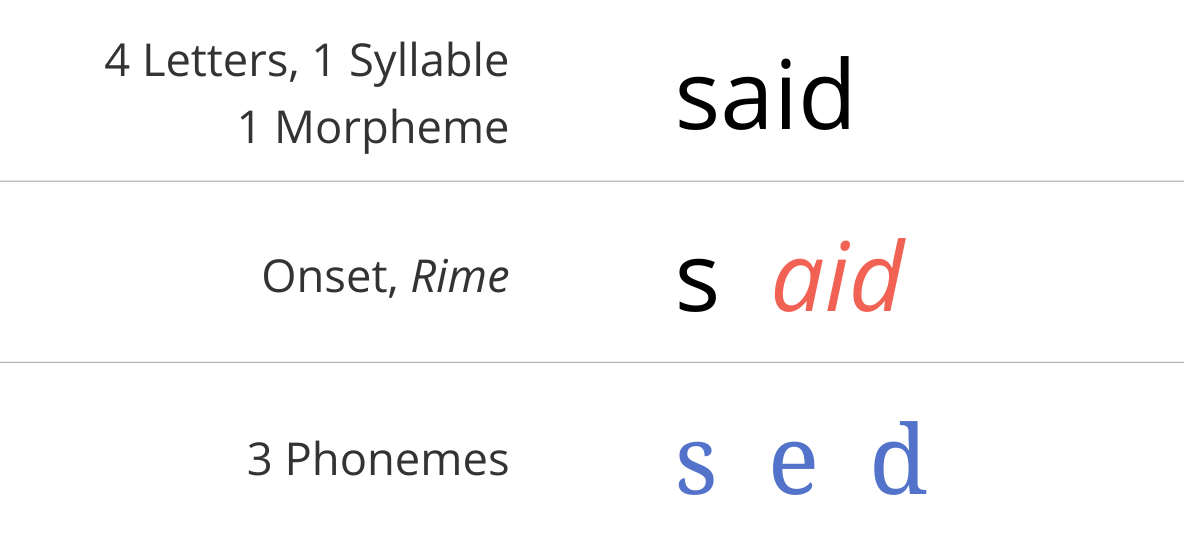One senior professor’s comment captured the essence of the divide: “Their incentives aren’t ours.” In this simple statement lies a profound truth about the different motivations driving academic mathematics and AI research in industry. While mathematicians traditionally pursue understanding for its own sake, industry researchers must ultimately deliver products, features, or capabilities that create value for their organizations.
Concerns were openly expressed about various aspects of AI development: potential military applications, lack of transparency in research, enormous energy consumption, and the growing elitism as research becomes concentrated in well-funded private labs. Many drew parallels to how artists have responded to AI’s incursion into their creative domain—with a mixture of fascination, adaptation, and resistance.
Perhaps most telling was the sadness expressed by several mathematicians regarding the increasing secrecy in AI research. Mathematics has long prided itself on openness and transparency, with results freely shared and discussed. The closing off of research at major AI labs—and the inability of collaborating mathematicians to discuss their work—represents a significant cultural clash with mathematical traditions. This tension recalls Michael Atiyah’s warning against secrecy in research: “Mathematics thrives on openness; secrecy is anathema to its progress” (Atiyah, 1984).
The tension between openness and secrecy was particularly evident in discussions about collaboration with industry. William Thurston, in his seminal paper “On proof and progress in mathematics” (1994), emphasized that “mathematics is a communal effort,” yet multiple attendees expressed dismay at the increasing secrecy in AI research labs and the inability of collaborating mathematicians to discuss their work openly.
